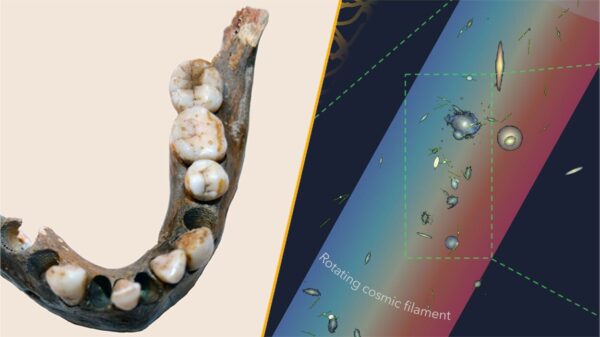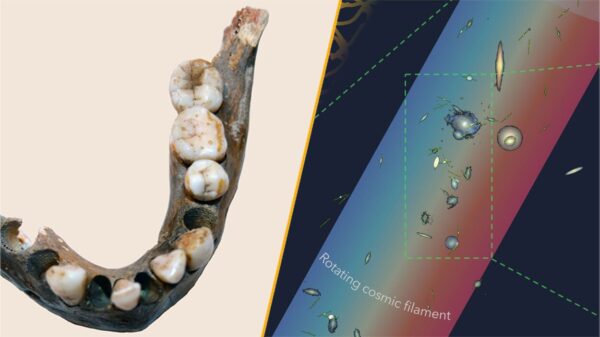New research from Intermountain Health in Salt Lake City highlights a concerning link between peripheral arterial disease (PAD) and atrial fibrillation (AFib). The study indicates that patients diagnosed with both conditions face a significantly elevated risk for major adverse cardiovascular events (MACE). The findings reveal that about one in four PAD patients also has AFib, suggesting a more prevalent overlap than previously understood.
The analysis, which examined long-term data from patients at Intermountain Health, shows that the presence of AFib nearly doubles the risk of serious cardiovascular events compared to those with PAD alone. AFib is the most common type of arrhythmia, characterized by irregular heart rhythms that can lead to blood clots in the heart, raising the risk of stroke and heart failure. While some individuals may remain asymptomatic, others experience symptoms such as palpitations, fatigue, and shortness of breath.
Peripheral arterial disease affects an estimated 8–12 million adults in the United States. It occurs when arteries in the extremities, primarily the legs, become narrowed due to plaque buildup, resulting in insufficient blood flow. This can cause claudication, or leg pain while walking, along with other symptoms. The risk factors for PAD are similar to those for coronary artery disease (CAD), including unhealthy diets and tobacco use. However, individuals with PAD are at a heightened risk for heart attacks, strokes, and even amputations.
The presence of AFib complicates the risk landscape further. “This is a stark reminder that PAD is not just a limb-threatening disease—it’s a marker of widespread atherosclerosis,” stated Viet Le, DMSc, MPAS, PA-C, an advanced practice clinician and cardiovascular researcher at Intermountain Health. As the principal investigator of the study, Le emphasized that when AFib is present, the risk of heart attack, stroke, and death escalates significantly.
The research findings highlight the urgent need for improved screening and treatment adherence among PAD patients. Despite established guidelines, only 35% of these patients currently receive optimal medical therapy, which includes effective blood pressure management, statin therapy, aspirin, and support for smoking cessation. Le underlined the importance of assessing AFib in all PAD patients and implementing aggressive preventive treatment strategies.
In conclusion, the study draws attention to the critical intersection of PAD and AFib, urging clinicians to be vigilant in screening and managing both conditions. As healthcare providers enhance their approaches, the hope is to reduce the substantial risks associated with these prevalent cardiovascular diseases.





































































